Protecting Plants
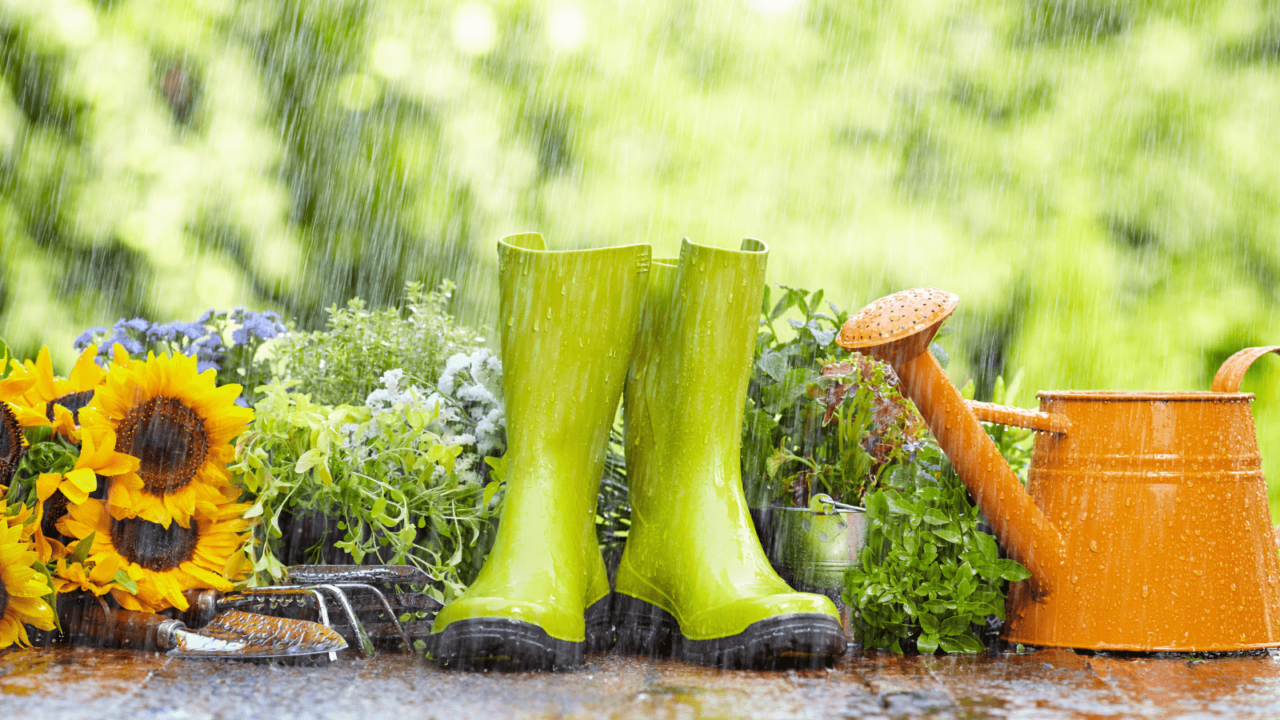
Keep Your Plants Happy, Even When It Rains!
Ever watched your veggies or flowers get soaked during a heavy rainstorm?
Their roots can get soaked and drown if excess water can’t drain, causing all your hard work to go to waste.
I’ll show you how to choose rain-proof planters and share easy tips to keep your garden happy and healthy, no matter how wet it gets outside.
Importance of Rainproof Planters
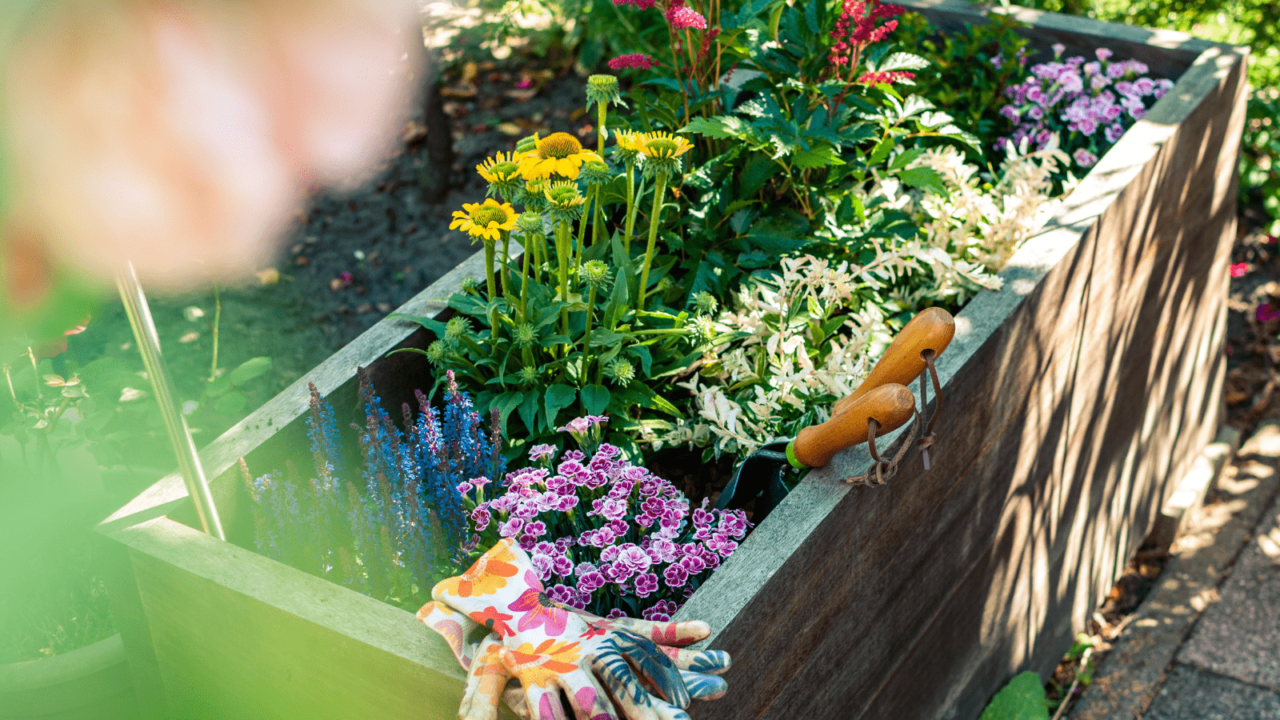
Why Rain-Proof Planters?
Ever wondered why rain-proof planters are crucial? Regular pots can trap water, which can damage your plants.
Rain-proof planters are designed to allow excess water to drain away, keeping your plants safe and healthy, even during heavy rain, and preventing water damage.
Materials

Choosing the Right Material
Selecting the right material for your planter is key. Look for options like plastic, resin, or fiberglass. These materials don’t absorb water and are more durable in wet conditions.
They help your planters last longer and keep your plants happy. Avoid materials that retain moisture and can cause damage.
Drainage
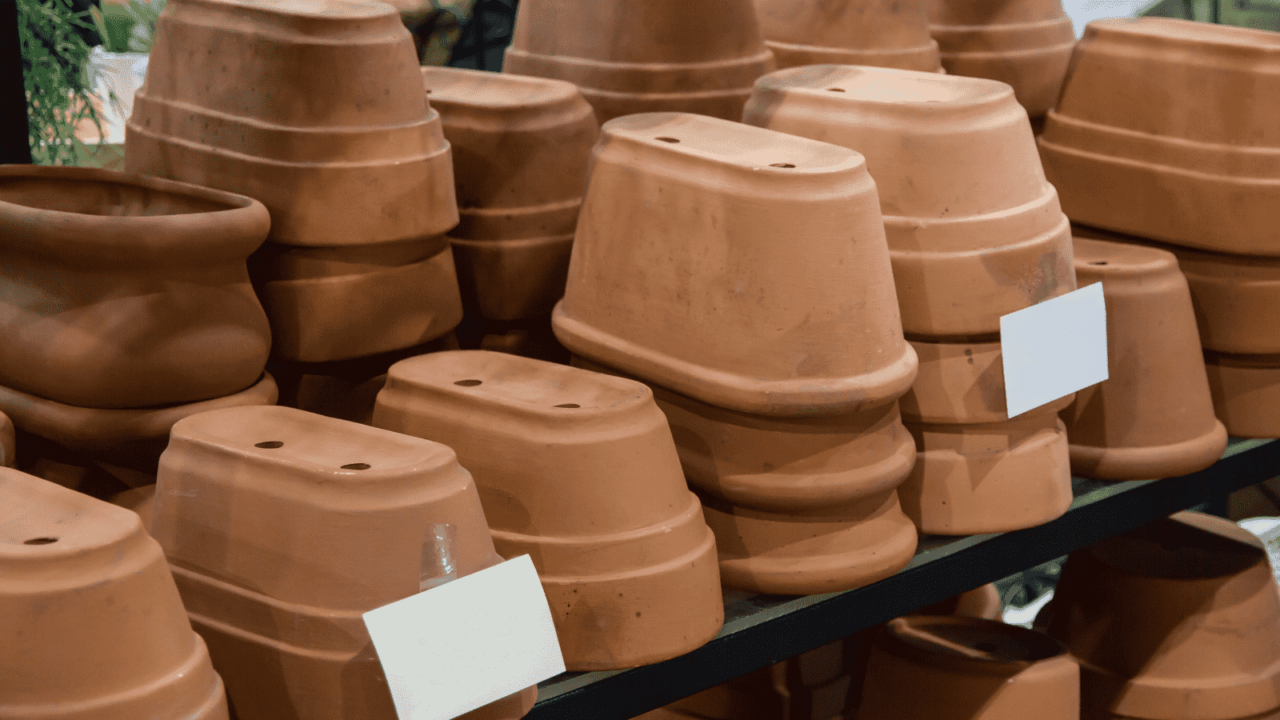
Proper Drainage
Self-watering planters are perfect for rainy days. They feature built-in reservoirs that provide a steady supply of moisture without overwatering.
These planters help your plants stay hydrated and reduce the risk of waterlogging. They are especially handy for keeping your garden looking great during unpredictable weather.
Add Height
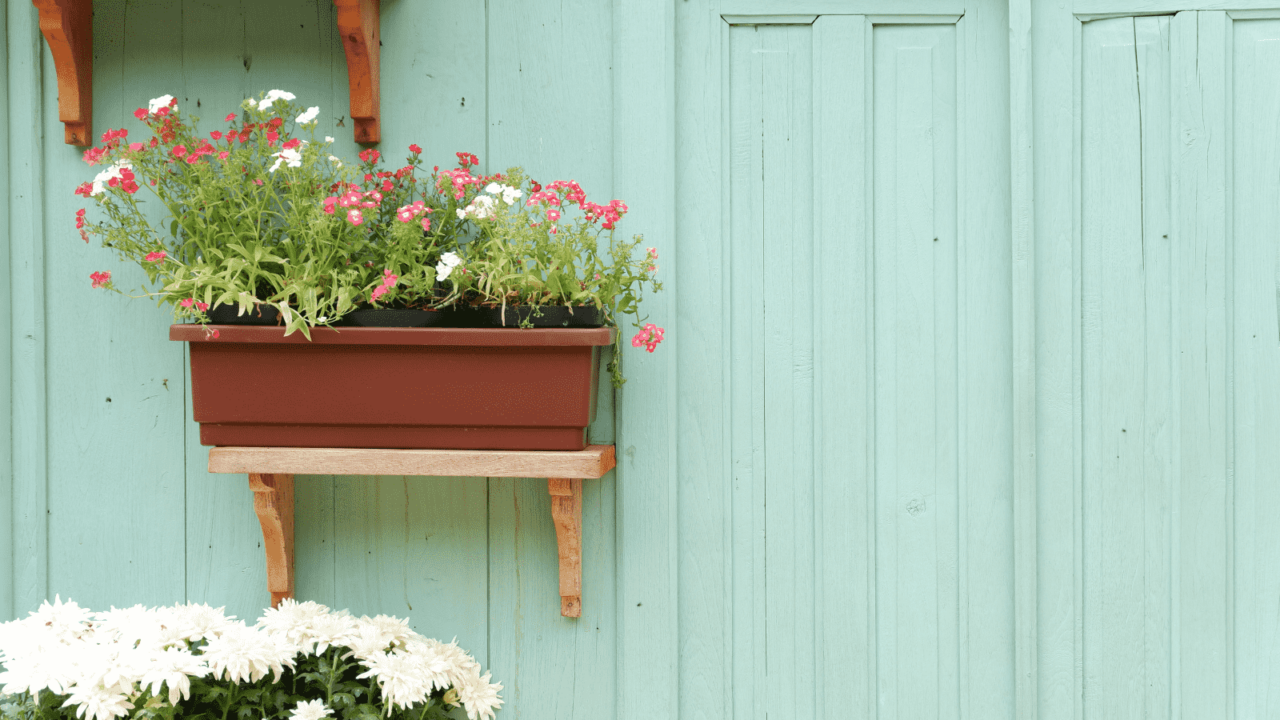
Elevated Planters
Elevated planters keep your plants off the ground, away from puddles that can form during heavy rain. They also help with drainage and reduce the risk of root rot.
Additionally, they bring a stylish touch to your patio. Raised planters make plant care more convenient and elevate the look of your garden.
Saucers

Add a Saucer
If your planter has drainage holes, placing a saucer underneath catches excess water. This prevents spills and keeps your patio clean.
It also helps avoid water pooling around your plants, which can lead to root problems and an unhealthy garden. This simple addition makes a big difference.
Protection

Cover Up with a Rain Shield
Use a rain shield to protect your plants during heavy storms. You can buy one or easily make a DIY version using plastic sheeting. Cantilevers also work well for this purpose.
Covering your planters helps prevent excessive watering and keeps delicate plants from getting too wet. It’s a great way to shield your plants from harsh weather.
Choose Wisely
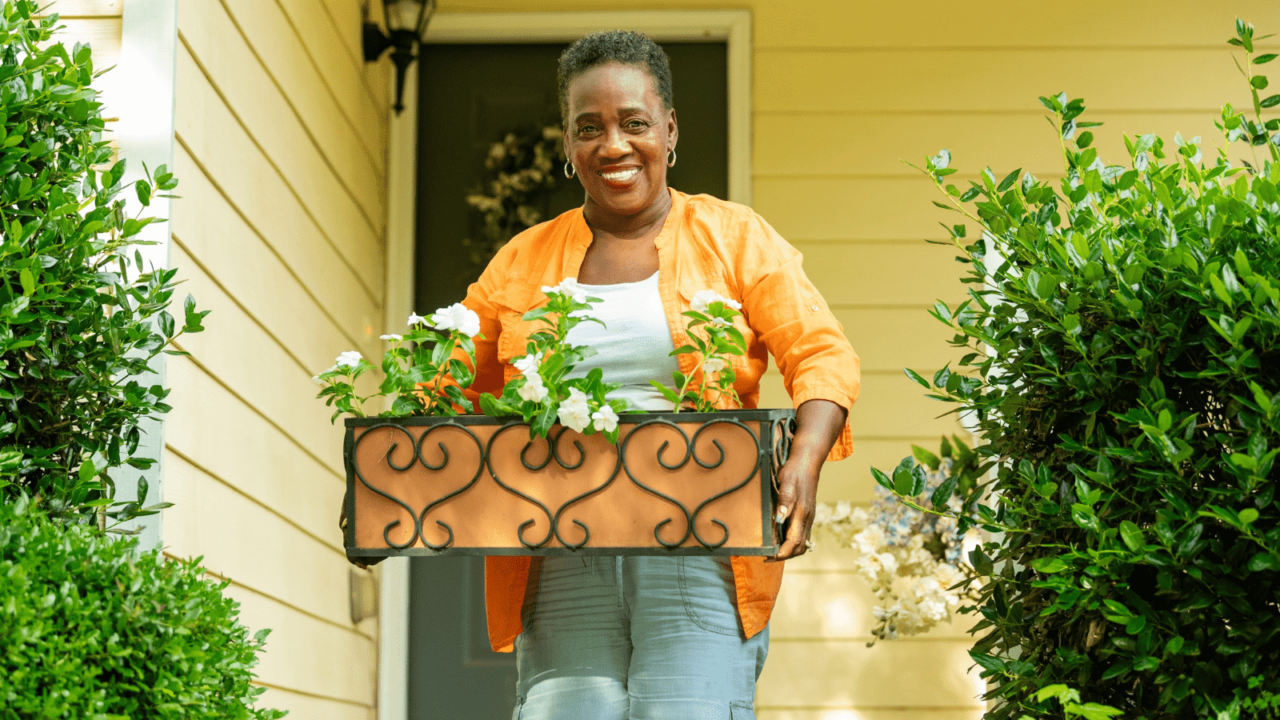
Go for Lightweight Planters
Lightweight planters are easy to move, making them handy during heavy rain. If the weather turns bad, you can quickly relocate them to a sheltered spot.
Materials like plastic or fiberglass are ideal because they are durable yet light. This feature makes them perfect for changing weather conditions.
Shapes and Structures
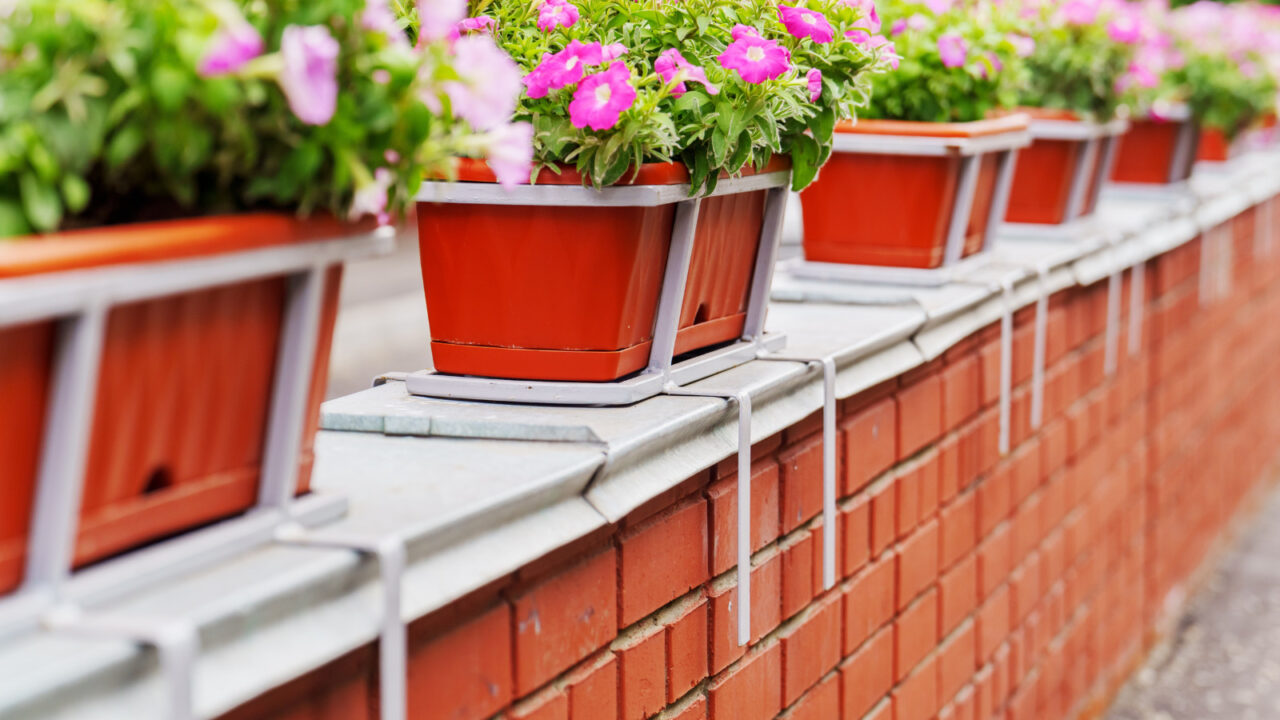
Check for Sturdy Construction
Ensure your planters are sturdy enough to handle wind and rain. Look for designs with a wide base or metal holders to prevent tipping over during storms.
Sturdy planters made from durable materials can withstand tough weather and keep your plants secure. They are an essential part of a rain-proof garden setup.
Sizes
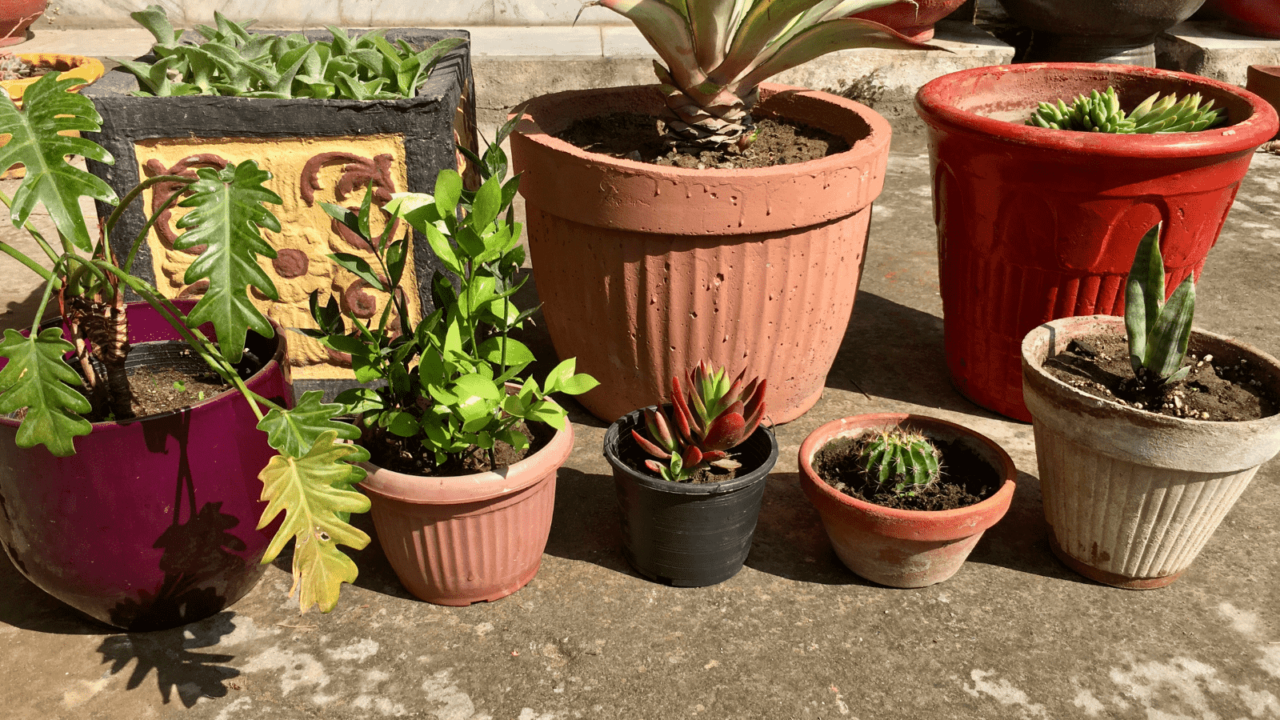
Choosing the Right Size
Pick a planter size that matches your plant’s needs. Too small, and the roots may get cramped. Too large, and it might hold too much water.
The right size ensures your plant has enough room to grow and helps avoid issues with excess moisture. Proper sizing keeps plants healthy and flourishing.
Raised Planters
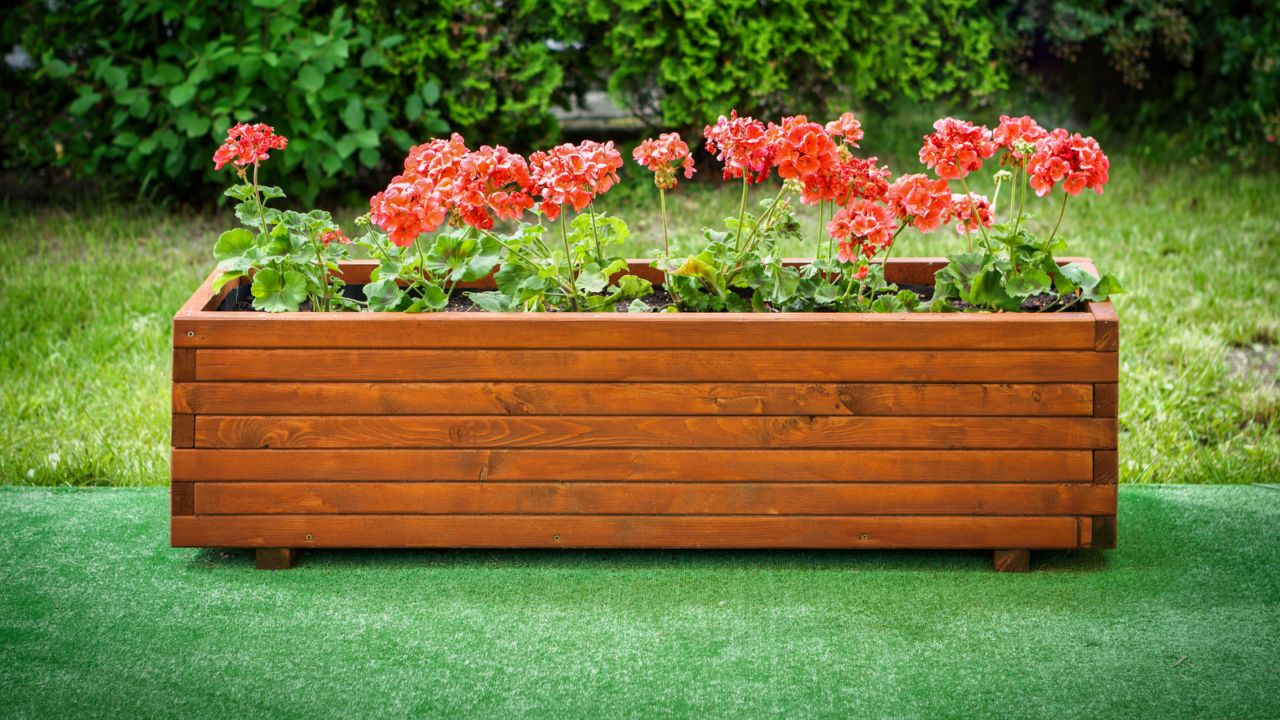
Protect Your Patio
Use planters with feet or risers to lift your pots off the ground. This helps water drain away and prevents damage to your patio surface.
Elevating your planters also reduces the risk of water stains or pooling. It’s a simple way to keep your outdoor space clean and maintain your garden’s health.
Good Quality Soil
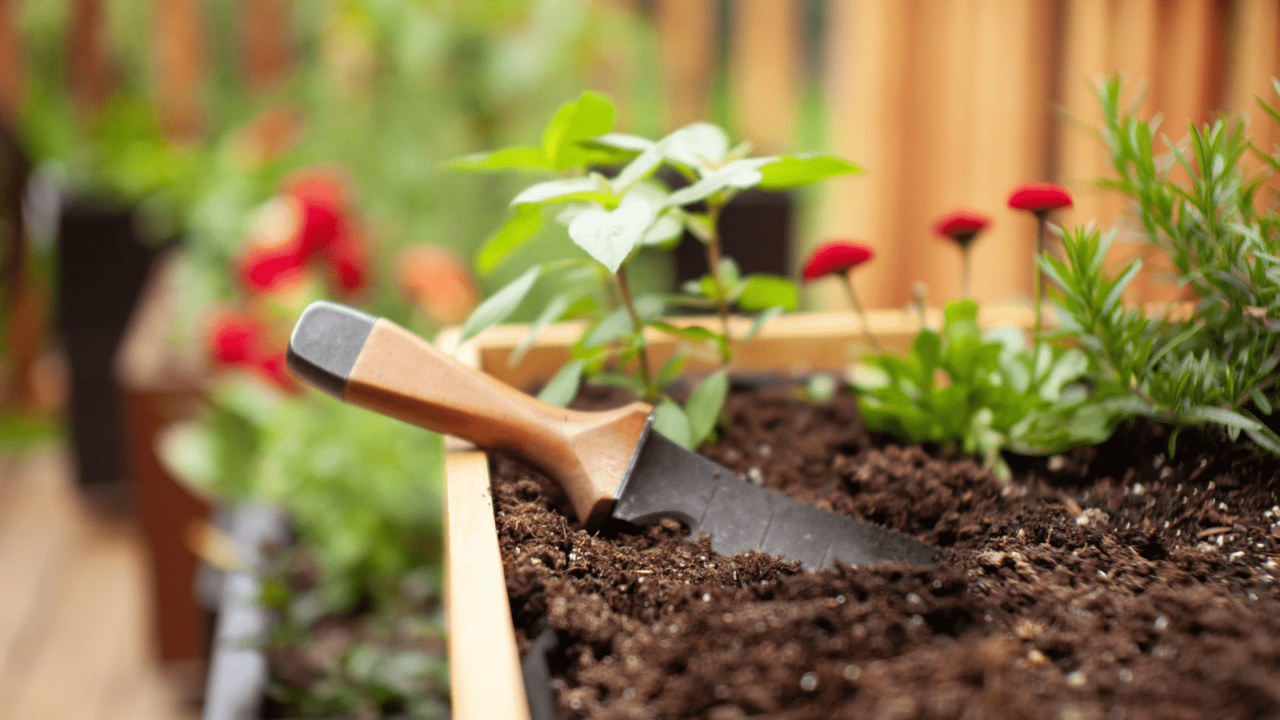
Use Well-Draining Soil
Well-draining soil is crucial for preventing waterlogging, as regular potting soil may retain too much water.
Choose soil mixes designed for good drainage or add perlite or sand to improve water flow. This ensures your plants stay healthy by avoiding soggy soil conditions that can cause root issues.
Use Rocks
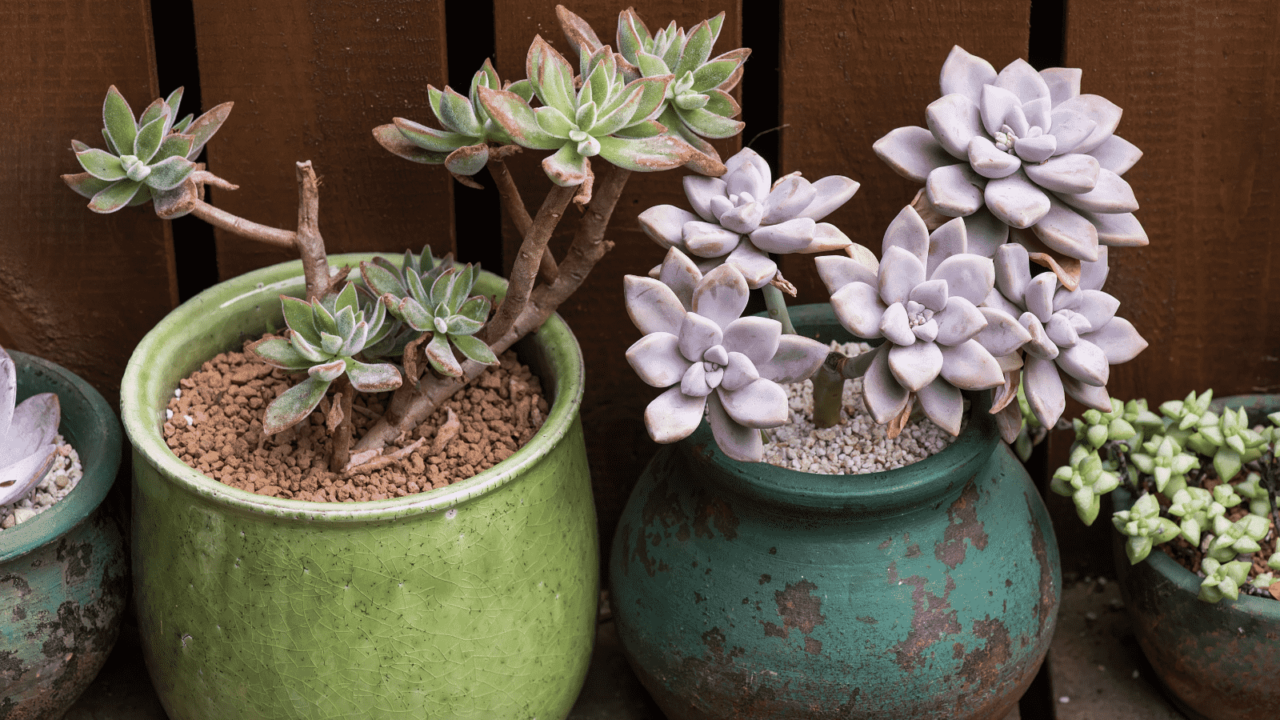
Add a Layer of Rocks
Adding a layer of small rocks or gravel at the bottom of your planter improves drainage. It allows excess water to flow out more easily and prevents soil from becoming waterlogged.
This layer also helps keep roots from sitting in water, reducing the risk of rot and promoting plant health.
Paint the Pots
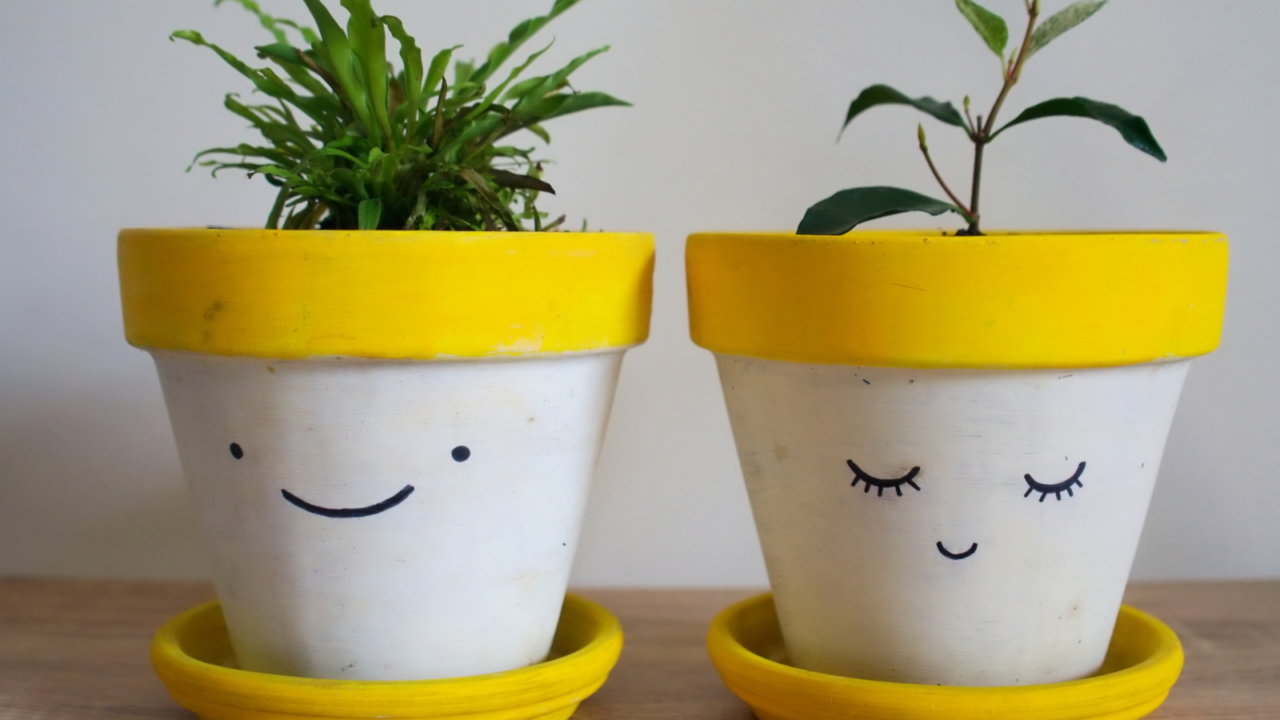
Use Weather-Resistant Paint or Sealant
To extend the life of your rain-proof planters, consider using weather-resistant paint or sealant. These products protect planters and prevent damage from prolonged exposure to rain and sun.
Applying a coat of paint to your planter can make your patio garden look more attractive and colorful.
Keep the Pests Away
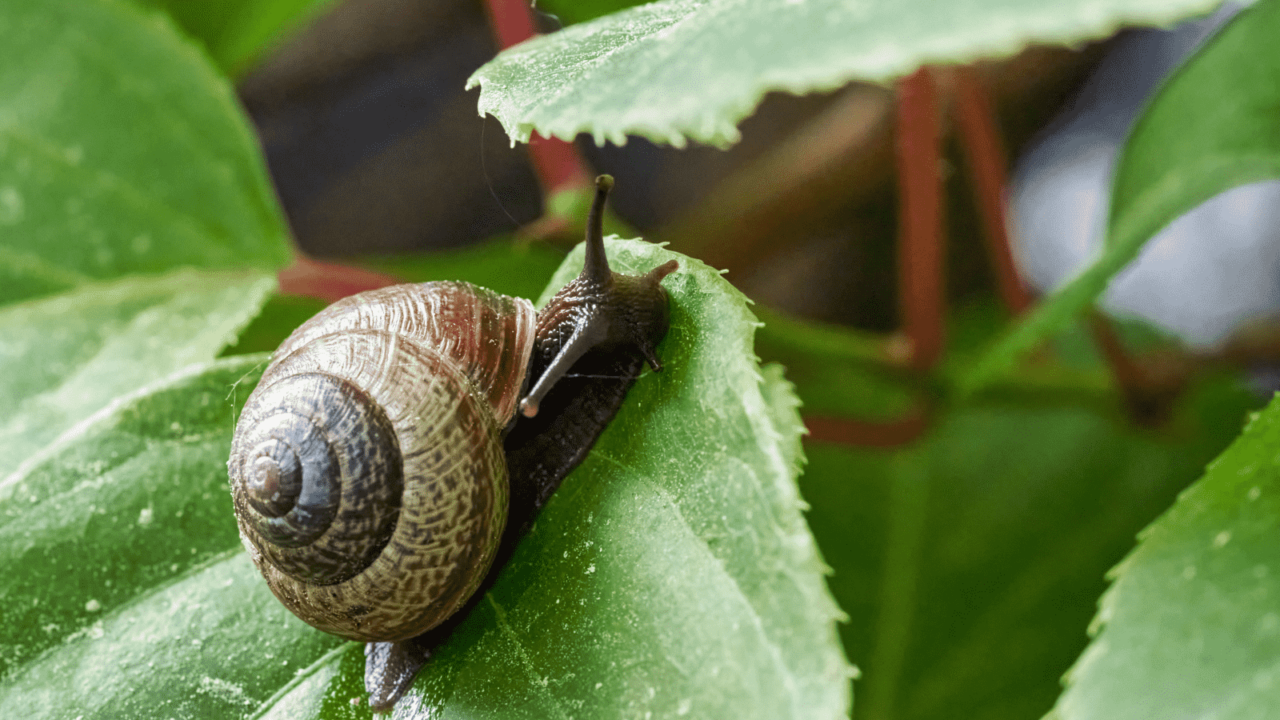
Protect Against Pests
Rainy weather can attract pests like slugs and snails. Use natural pest control methods such as copper tape or diatomaceous earth to keep them away.
These methods are effective and safe, helping protect your plants from pests without harming the environment. Keeping pests at bay ensures a healthier garden.
Take Outdoors Inside
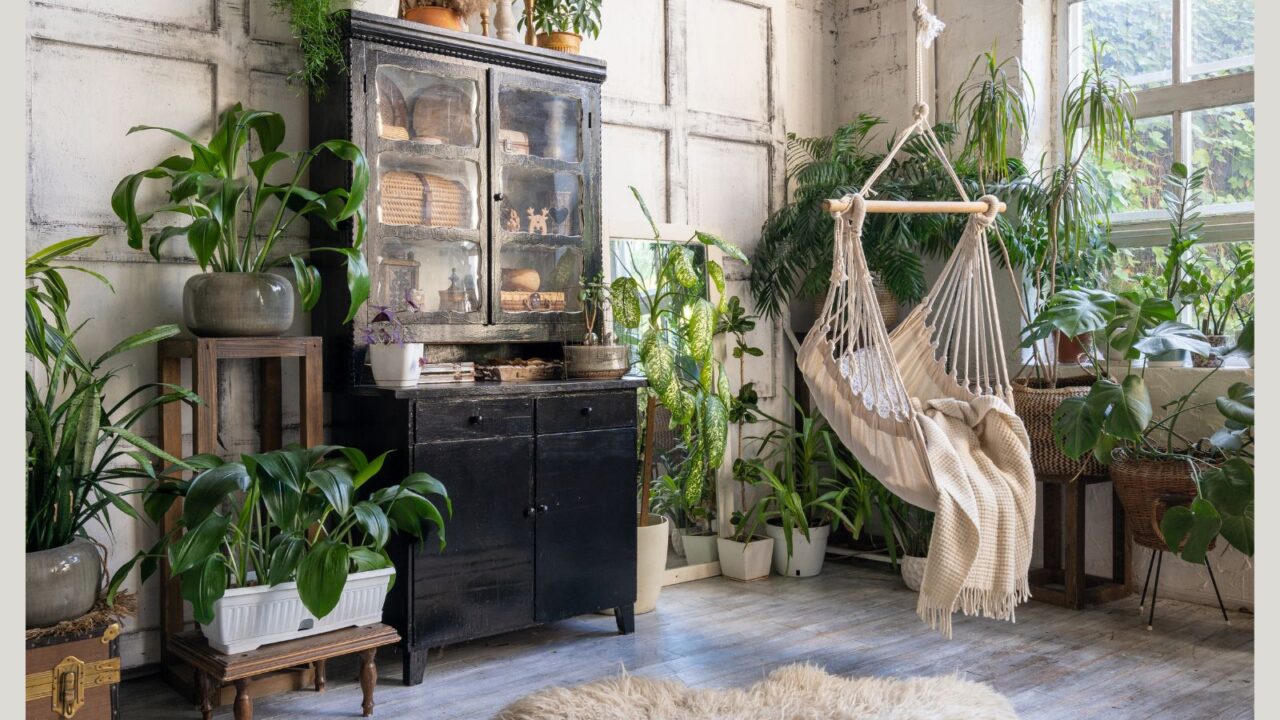
Enjoy Your Rain-Proof Garden!
Now that you know how to rain-proof your planters, you can enjoy a beautiful garden, rain or shine.
With the right planters and tips, your patio garden will stay vibrant and healthy, no matter how wet the weather gets.
If you want to add a touch of greenery indoors, explore these ideas that will refresh your living room.